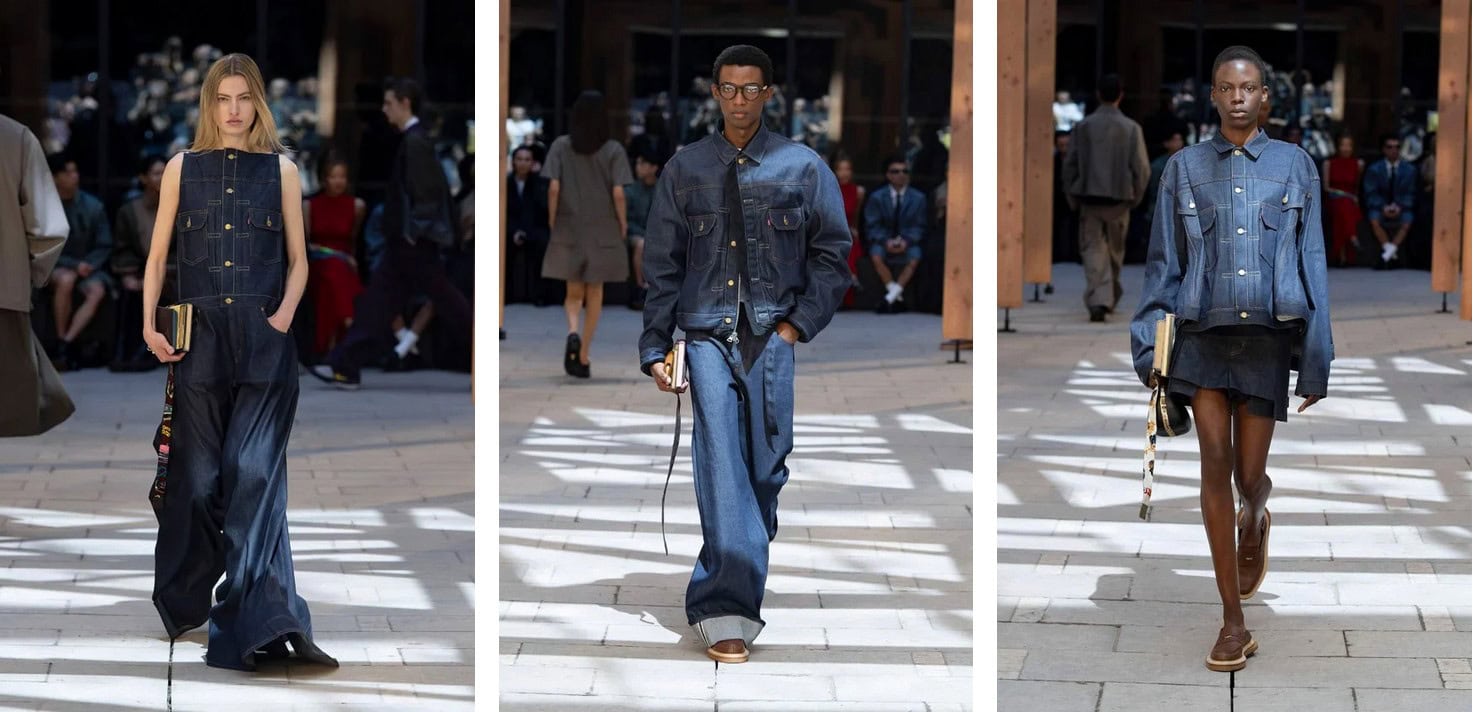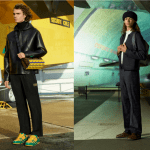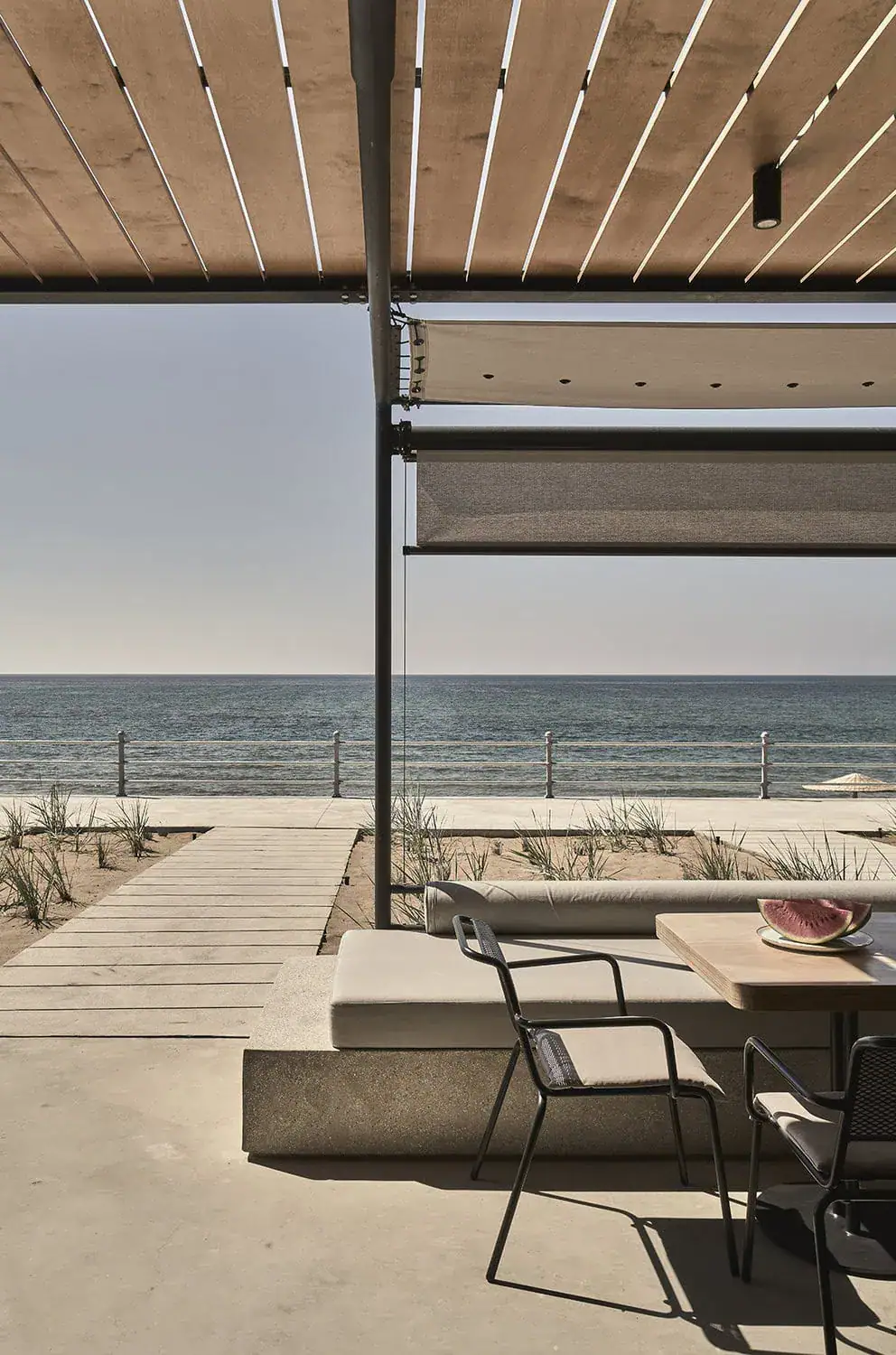How Chitose Abe Deconstructs Fashion – and Rebuilds It Her Way
Fashion often dwells on appearances. But not SACAI. The Japanese label breaks conventions, fuses opposites, and creates something radically original. At the center of this creative force is Chitose Abe, a designer who doesn’t just design clothes — she reshapes the way we think about them.
The Queen of Hybridity
“I don’t make fashion. I make SACAI.”
This quote from Chitose Abe perfectly captures her philosophy. Her designs don’t follow trends or stick to familiar silhouettes. Instead, she creates hybrid garments that combine the seemingly incompatible: sportswear with couture, masculinity with femininity, streetwear with tailoring.
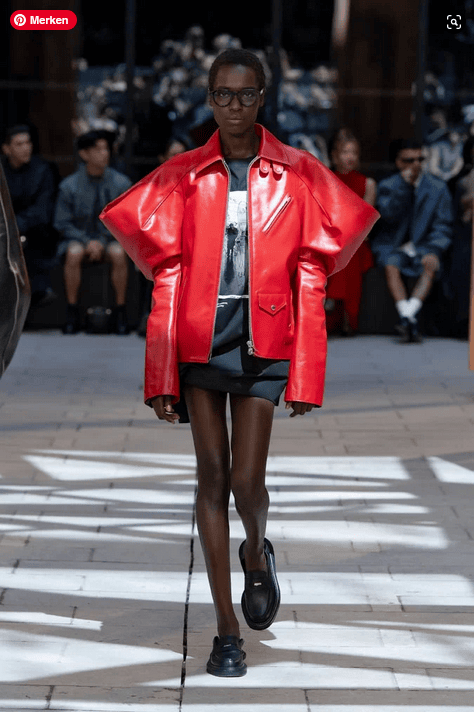
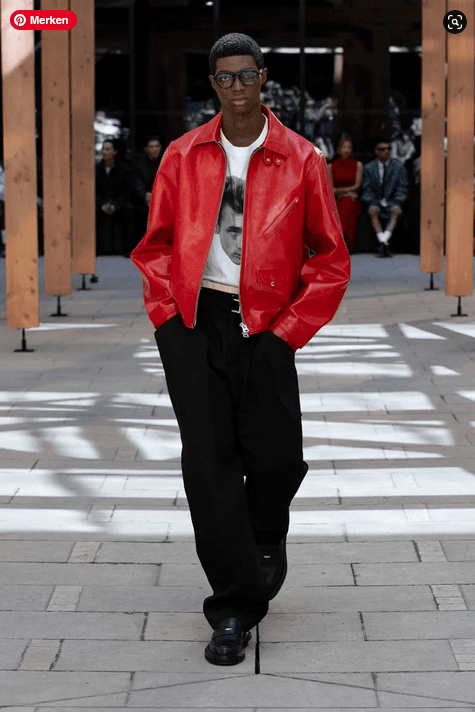
This complexity isn’t decorative — it’s intentional. It reflects a deep understanding of fabric, function, and identity.
Chitose Abe – A Quiet Revolutionary
Before founding SACAI in 1999, Chitose Abe worked under Rei Kawakubo at Comme des Garçons — an experience that left a clear imprint: artistic freedom, deconstruction, and a fearless approach to design.
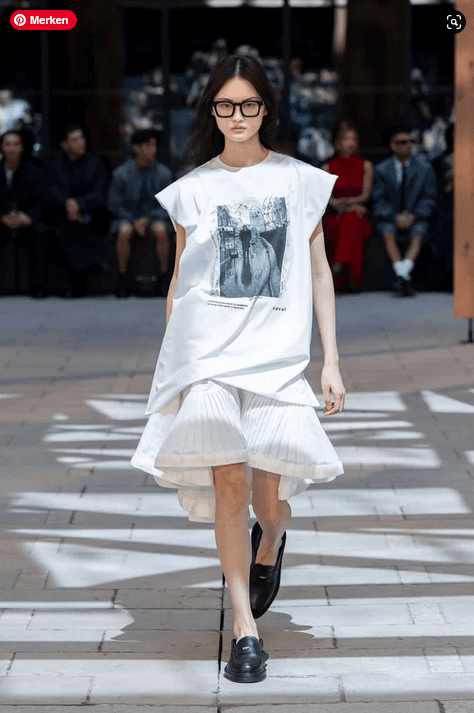
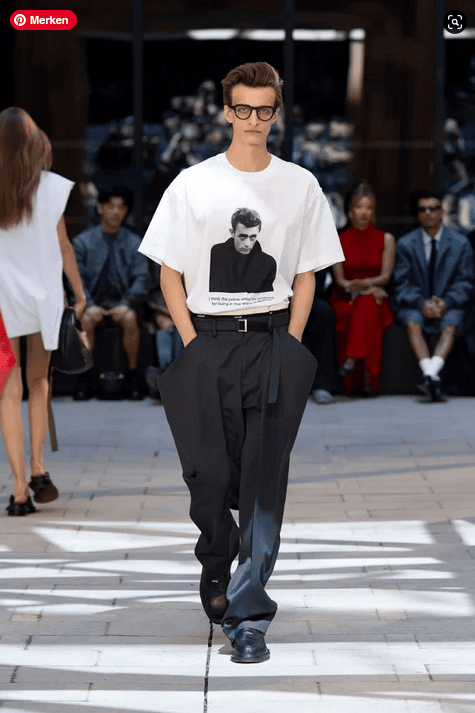
But Abe carved out her own lane — quieter, subtler, but no less radical. Her cuts feel both familiar and entirely new. A parka becomes a tunic. A blazer morphs into a pleated skirt. Her collections aren’t statements — they’re elegant shifts in perspective.
Fashion That Asks Questions
What is femininity? What is functionality? What does clothing mean today — in a world where categories are dissolving? SACAI doesn’t offer answers.
It responds with questions—through fabric, tailoring, and form. The result: garments that are never obvious, yet always intriguing.
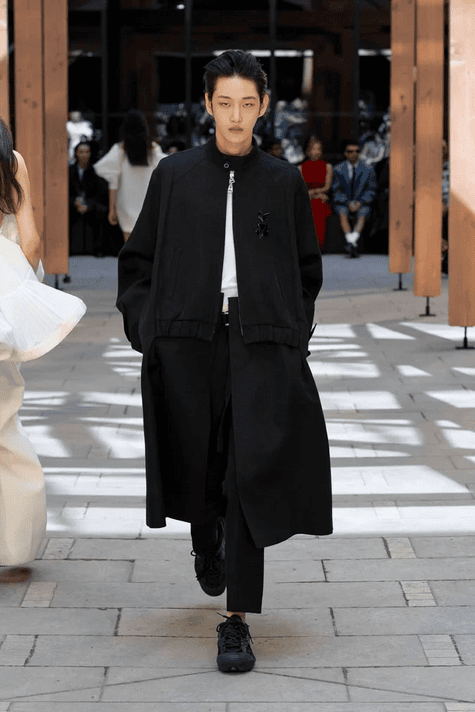
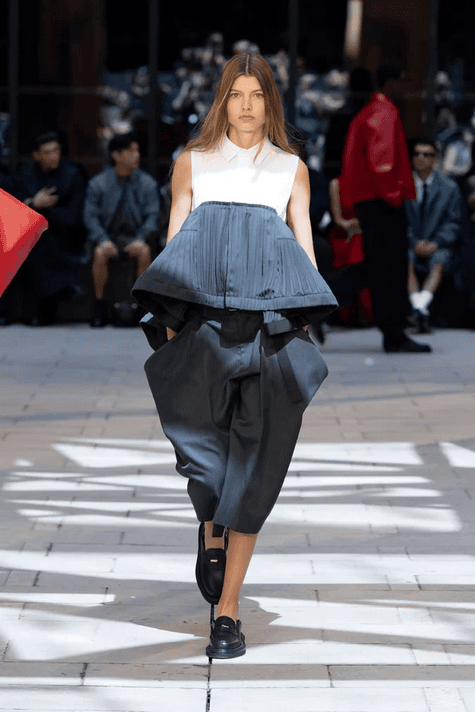
The wearer becomes part of the story — not a walking lookbook, but a person in motion. Just like SACAI’s fashion itself.
Globally Celebrated, Deeply Rooted
Despite its international success — SACAI has collaborated with Nike, Dior, The North Face, and Moncler — the label remains deeply grounded in Japanese design principles: precision, craftsmanship, and meaningful minimalism.
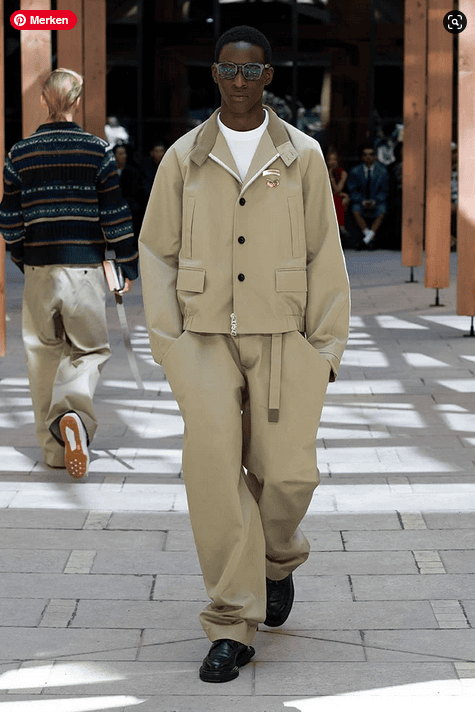
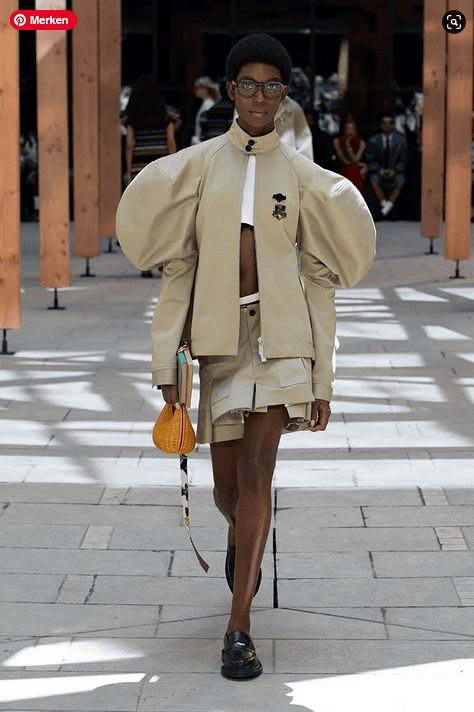
Abe rarely appears in public or grants interviews, yet she has turned SACAI into a global style authority. Perhaps precisely because it’s not about ego — it’s about intention.
Wearing SACAI Means Leaving Conventions Behind
To wear SACAI is to reject superficiality. To choose complexity. Movement. Thought.
And in that, there is a beauty that’s hard to define — but impossible to ignore.




